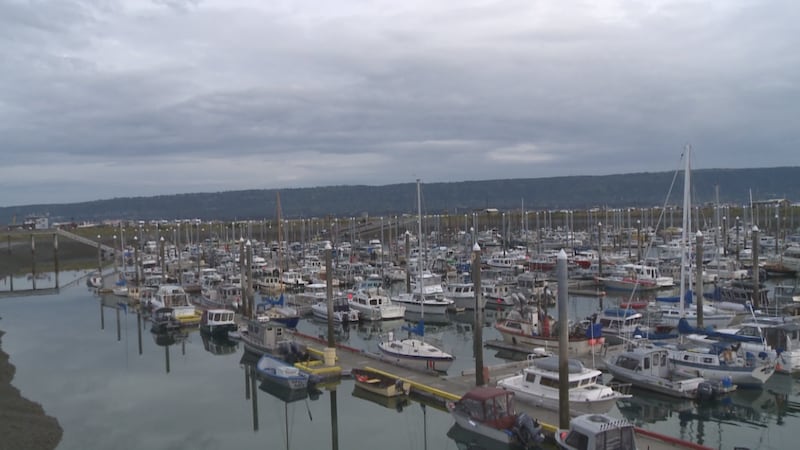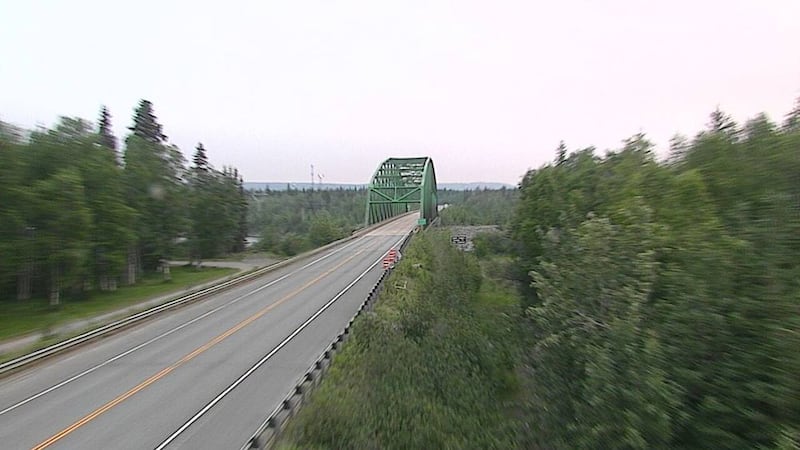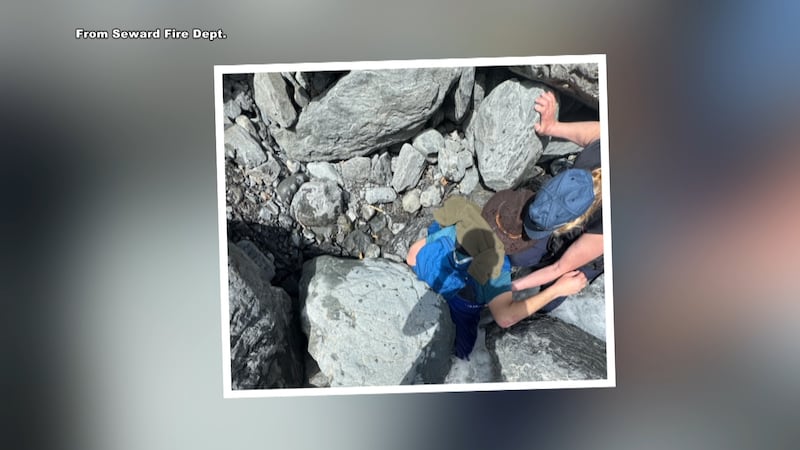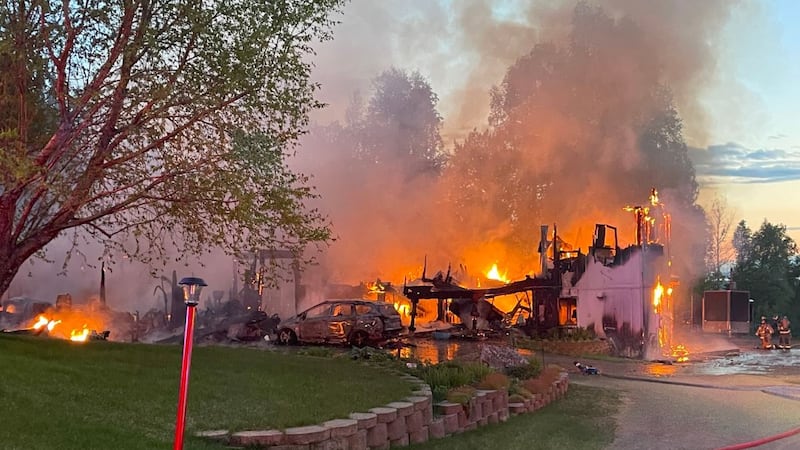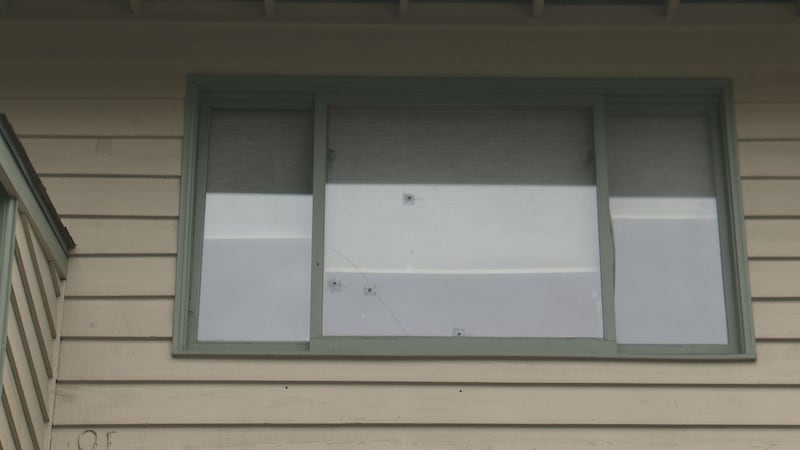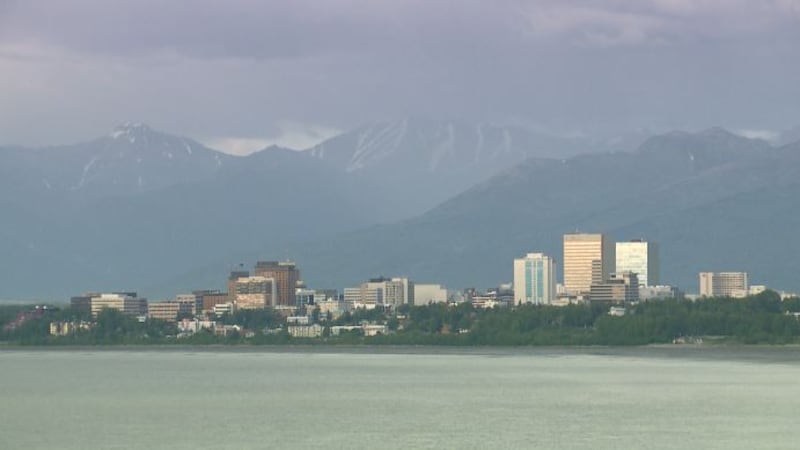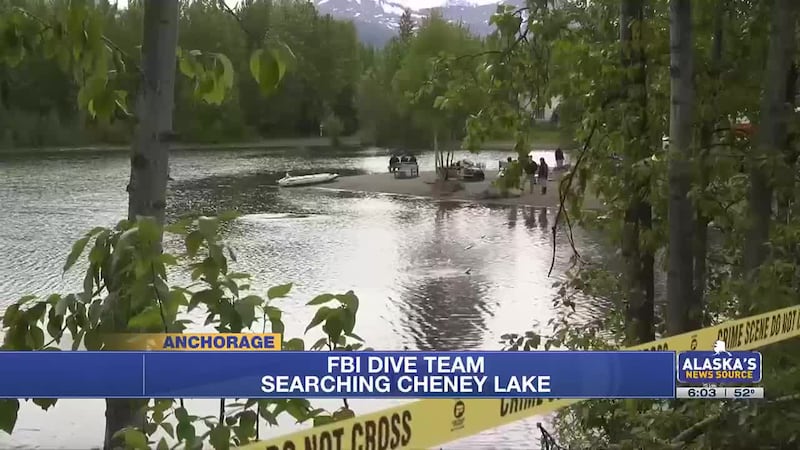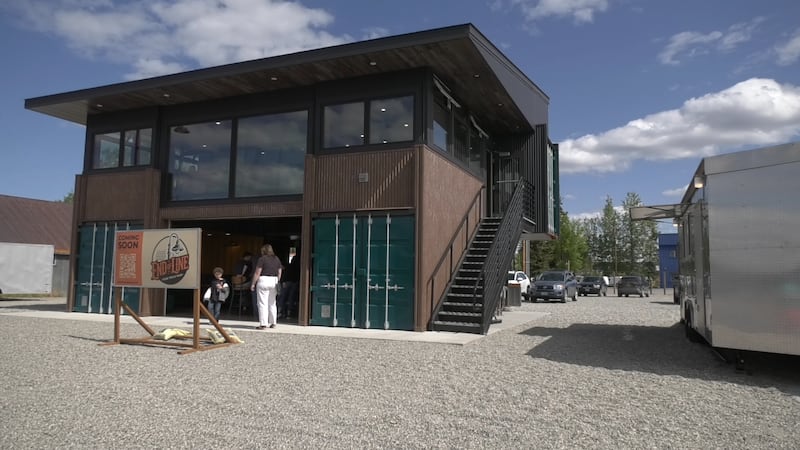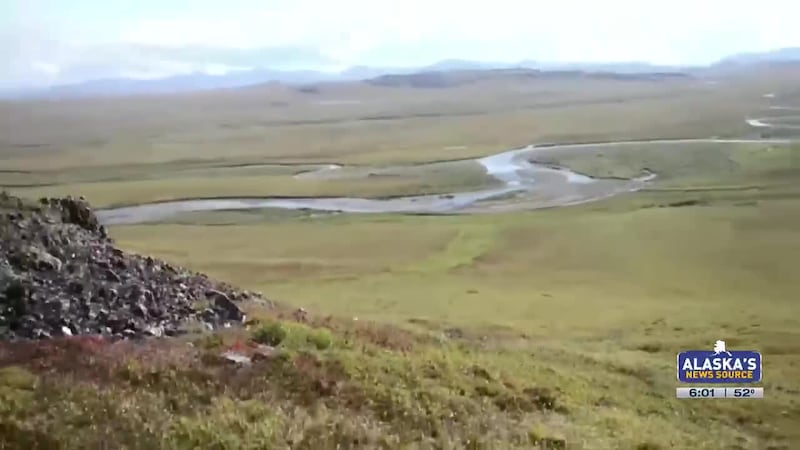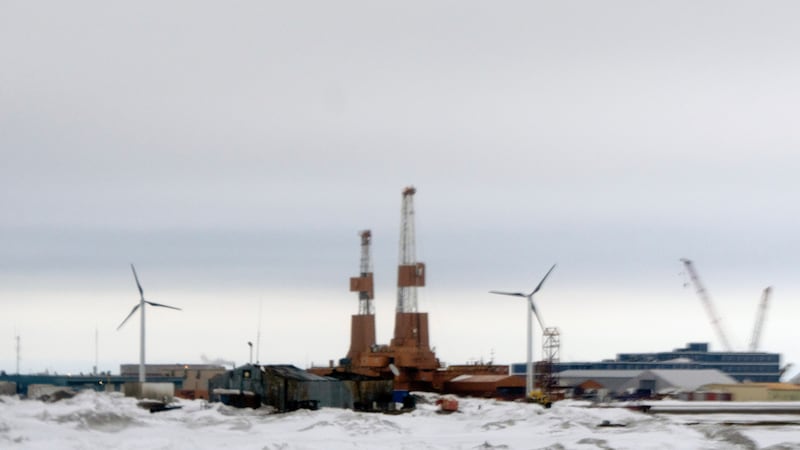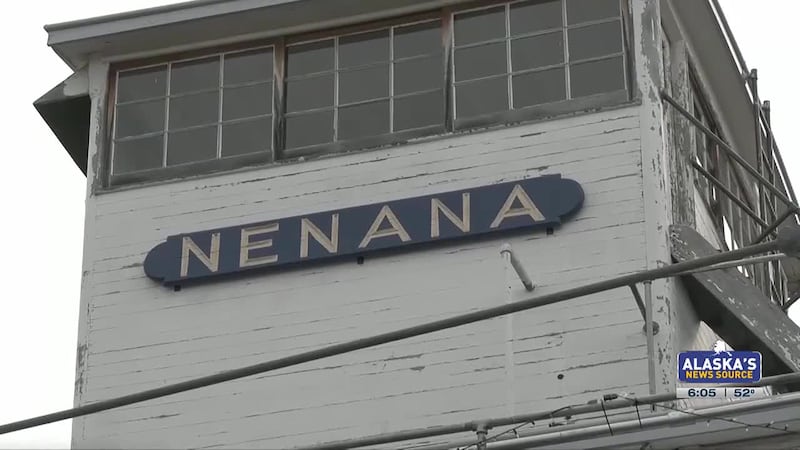Alaskan national forests might see increased activity after USDA timber memo
ANCHORAGE, Alaska (KTUU) - A memo from the Secretary of the Department of Agriculture may lead to an increase in timber production in the Chugach and Tongass National Forests.
In the memo, USDA Secretary Brooke Rollins makes an Emergency Situation Determination (ESD) designating over 112 million acres of National Forest System lands as emergency situations under the Infrastructure Investment and Jobs Act (IIJA), roughly 59% of all NFS lands.
While much of that land is concentrated in the Western region of the country, two swaths of that designation fall squarely in Alaska.
“Actions taken pursuant to this ESD will support improving the durability, resilience, and resistance to fire, insects, and disease within forests and grasslands across the National Forest System,” Rollins wrote in the memo.
The memo follows Executive Order 14225, entitled Immediate Expansion of American Timber Production, signed by President Trump on March 1, 2025.
The 112,646,000 million acres are broken into smaller categories as follows:
- 66,940,000 acres are “very high or high wildfire risk.”
- 78,800,000 acres are “experiencing declining forest health.”
- 33,846,000 acres overlap between the two categories.
- It is unclear from the memo what category the remaining 752,000 acres falls into.
The memo also does not specify how much of that land is in Alaska, but a map from the USDA shows where the areas are located.
Rollins goes on to write that the Forest Service may carry out “emergency actions” to “achieve relief from threats to public health and safety, critical infrastructure, and/or mitigation of threats to natural resources on NFS lands.”
Those emergency actions include:
- Salvage dead or dying trees; removal of hazardous trees and fuel.
- Commercial and non-commercial harvest of trees damaged by wind, ice, insects, or disease.
- Reforestation of fire-damaged areas.
- Restoration and reconstruction of water sources, existing utility lines, and replacement of underground cables.
- Emergency and direct hire authorities.
- Expedited contracting and grants.
- Exemptions, waivers, and inclusions for “emergency programs on joint efforts USDA agencies and Tribes.”
- Emergency consultation to comply with the Endangered Species Act and the National Historic Preservation Act, and emergency procedures to comply with the Clean Water Act.
- “Expedited permitting, certification, and qualification processes as defined in Forest Service directives or as directed by the Chief.“
The memo comes as Alaska is nearing summer, and a drier-than-usual winter might mean increased wildfire activity. Additionally, Alaska Gov. Mike Dunleavy has called for increased timber production in recent months.
In regards to timber production, the memo states that the Forest Service will “streamline, to the extent allowable by law, all processes related to timber production.” According to the memo, the aim of increased timber production is “to increase domestic jobs and prosperity, increase economic independence, and protect our national security.”
A letter from Deputy Chief of the National Forest Service Chris French was released alongside the memo. The directive describes more specifically the actions and goals of the Forest Service concerning the memo.
Those actions include the development of 5-year strategies for each region, designed to increase agency-wide timber volume by 25% over the next four to five years. Each Regional Forester is expected to create a two-year “shelf-stock” of timber volume in the next 24 months.
French writes that the above actions will “not only reduce fire risk and support local economies but also result in timber volume sold.”
The letter says French expects NFS line officers to work together with states, counties, and tribes “to share resources for execution of regional and national active forest management strategies.”
“I expect that active management, reforestation and stand improvement activities will reduce wildfire risk, ensure sustainable timber supply, promote forest health, and protect our communities and their water supply,” French wrote.
See a spelling or grammar error? Report it to web@ktuu.com
Copyright 2025 KTUU. All rights reserved.
